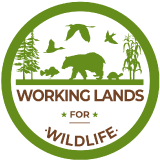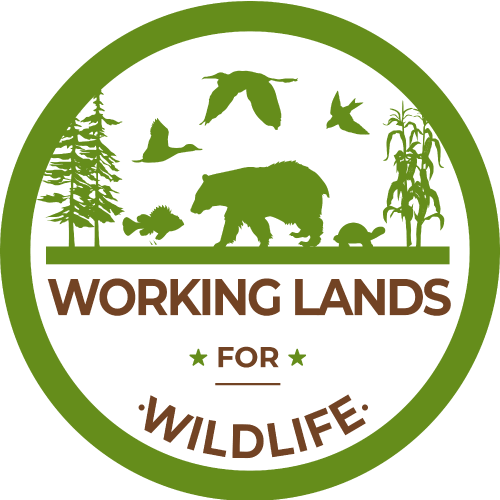by
Web Editor
—
published
Aug 27, 2019
—
filed under:
Golden-Winged Warbler,
Logging,
NRCS
The Golden-winged warbler needs "young forest" habitat for nesting created by doing a selective harvest that can restore forest health and improve habitat for game species like white-tailed deer, ruffed grouse, and wild turkey.
Located in
Resources
/
Images


